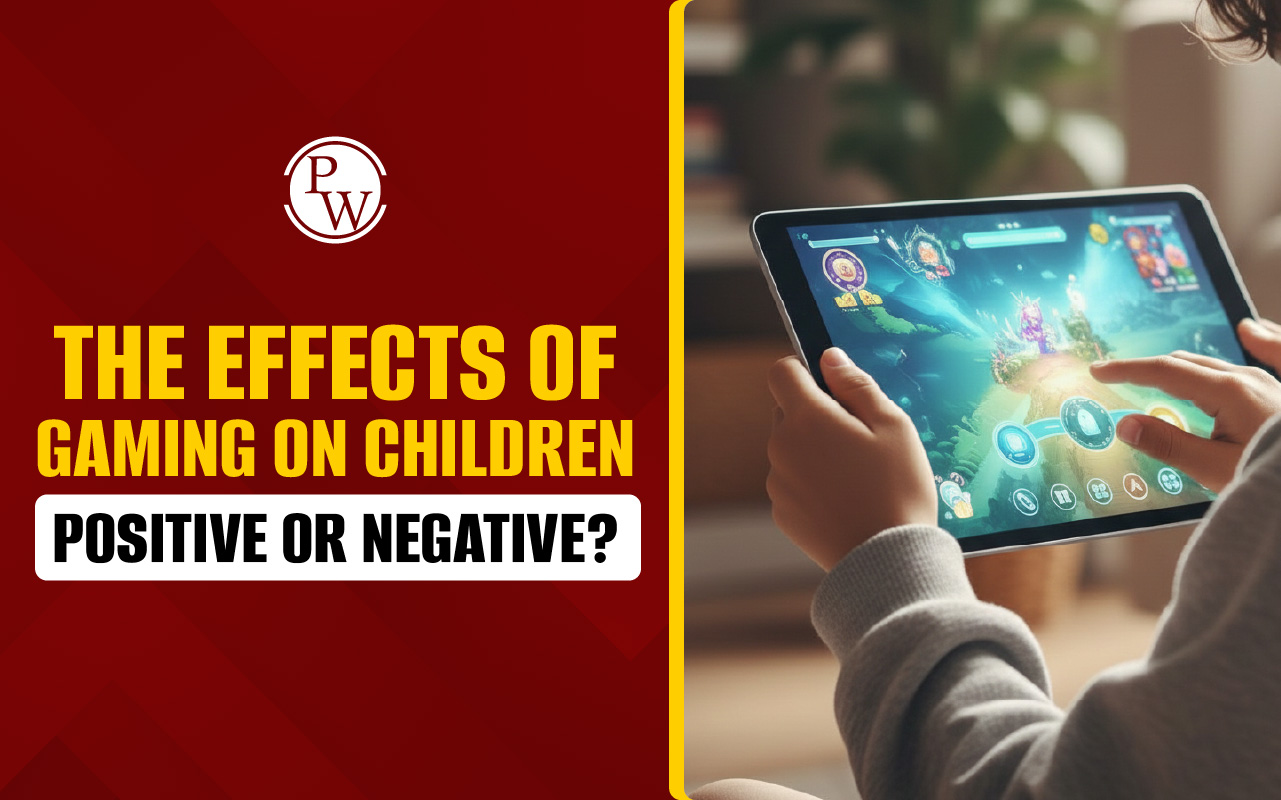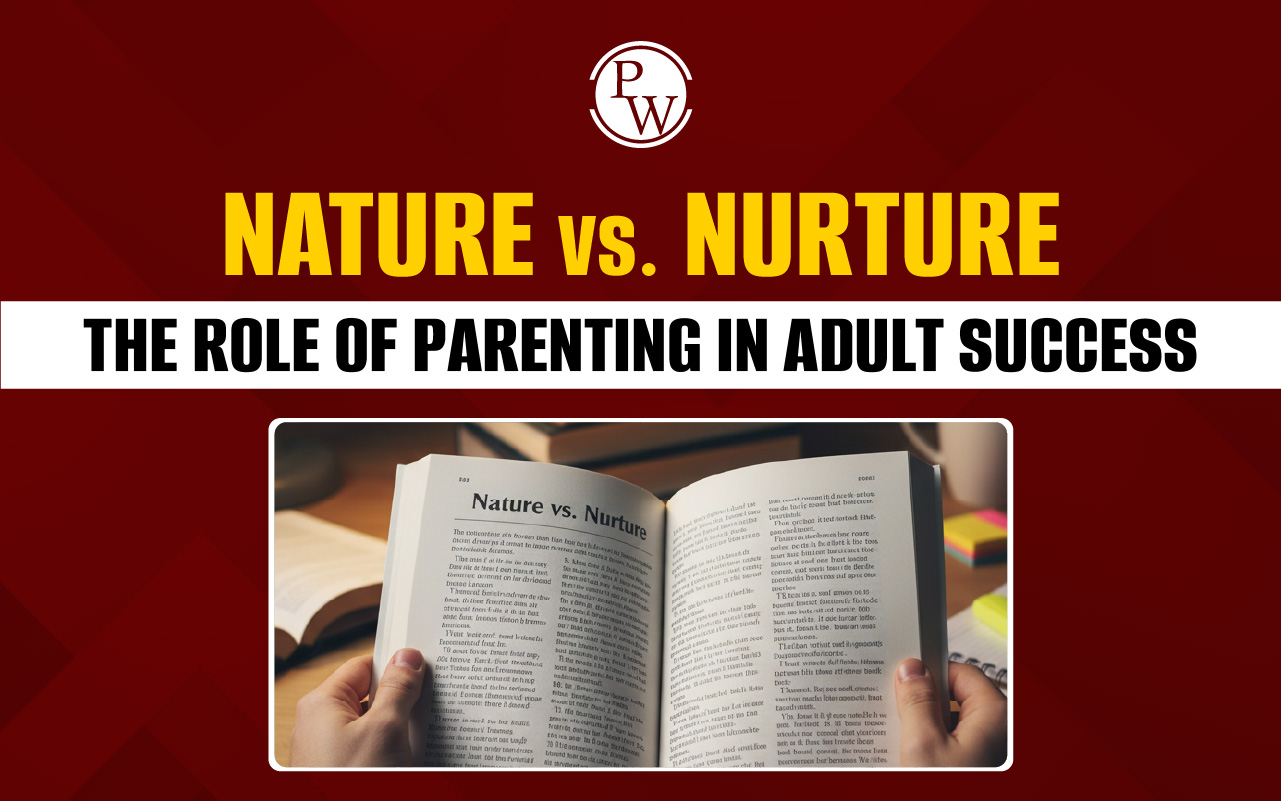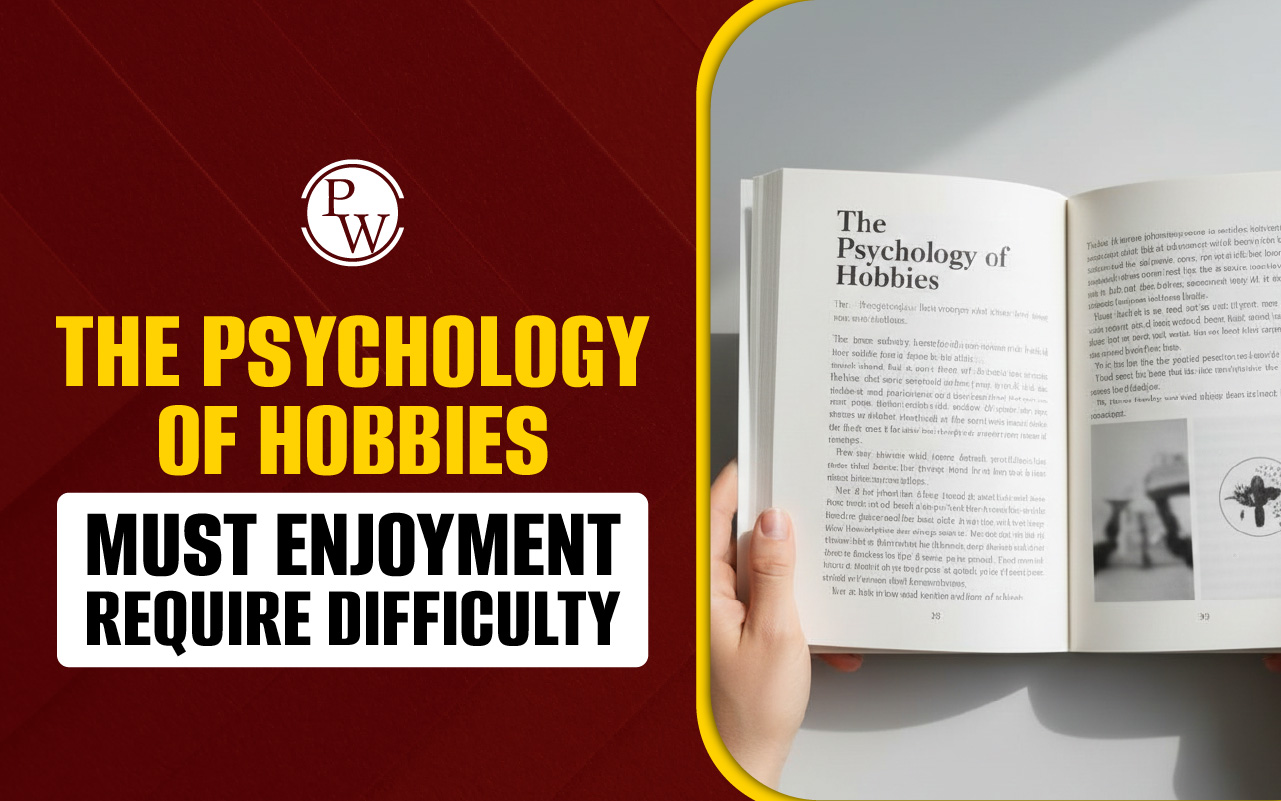
The Swiffer Reading Answers: The IELTS exam includes reading passages each year to test a candidate’s ability to grasp key ideas, find specific details, and analyze complex information. Since certain topics frequently appear, practicing The Swiffer Reading Answers can help enhance comprehension skills and boost IELTS reading scores. This passage delves into creativity, innovation, and problem-solving, featuring question types like multiple-choice, sentence completion, and matching features. Explore this guide for essential strategies to attempt IELTS Reading questions effectively.
The Swiffer Reading Answers Passage
The Swiffer Reading Passage
Paragraph A: Writer Jonah Lehrer recommends examining the history of the Swiffer cleaning product for an interesting story about creativity. In the narrative of the Swiffer, he says, we see the essential ingredients for generating breakthrough ideas: irritation, moments of clarity, and sheer effort. The narrative begins with a global corporation that produced tools for keeping houses pristine but could not come up with new ways to clean floors. As a result, the firm employed designers to observe how people cleaned.
Paragraph B: After several weeks of study, they saw a woman using a paper towel to do what everyone else does: wipe something clean and dispose of it. As conceived by chief designer Harry West, the remedy to their difficulty was a floor mop with something like a disposable wiping surface. After years of effort and mountains of prototypes, they introduced the Swiffer, which became an instant commercial hit.
Paragraph C: Lehrer the writer of Imagine, a new book that aims to explain how creativity functions, explains that this study of the imagination began with a desire to comprehend what occurs in the brain at the instant of unexpected revelation. But the book spun out of control, according to Lehrer. When you speak with creative individuals, they will talk about the "eureka" moment, but if you press them, they will also talk about the subsequent hard work, so I realised I wanted to write about it as well. Then I realised I could not examine creativity just from the standpoint of the brain since it is also dependent on culture and environment, the group, the team, and how we cooperate.
Paragraph D: Lehrer asserts that current neuroscience has offered a 'rough draft' explanation of what is occurring in the brain with regard to the enigmatic process by which inspiration appears seemingly out of nowhere. He describes how, in 1965, the exhausted American musician Bob Dylan intended to abandon his musical career and flee to a cabin in the woods, only to be overtaken by the urge to write. Evidently, he wrote "Like a Rolling Stone" all of a sudden. Dylan allegedly stated that it's as if a ghost is crafting a song. It delivers you the song and then disappears. Lehrer asserts that it is not a ghost.
Paragraph E: Instead, the right part of the brain is connecting historical influences to create something wholly original. By imaging the brains of people who solve word puzzles by making sense of distantly connected information, neuroscientists have roughly mapped this process. For instance, subjects are asked to think of a single word that can come before or come after each of three words, such as "age," "mile," and "sand," to create a compound word.
Paragraph F: (It just so happens to be stone) The anterior superior temporal gyrus, a small tissue fold, is suddenly illuminated just before people appear to have the answer in an evident flash of insight, according to research using brain imaging equipment. When the word puzzle is correctly decoded through careful analysis, this remains silent. According to Lehrer, this region of the brain only becomes active after we have reached a dead end with a problem. Then, in order to create the connections that result in the correct response, the brain begins searching through the "filing cabinets of the right hemisphere."
Paragraph G: Studies have shown that it is possible to anticipate an epiphanic moment up to eight seconds in advance. The alpha waves, which are strongly correlated with relaxing activities, are the predictive signal, and they are produced by the right hemisphere of the brain. According to Lehrer, when our minds are relaxed, and our brains are producing alpha waves, we are more likely to focus our attention on the stream of distant associations coming from the right hemisphere. In contrast, our attention tends to be drawn to the specifics of the issues we are attempting to solve when we are diligently focused.
Paragraph H: Consequently, we are less likely to form those crucial associations. Therefore, taking a walk or taking a nap are crucial stages of the creative process, and astute businesses are aware of this. Some companies now encourage employees to take breaks during the workday and engage in activities that may seem unproductive (like playing video games on a computer), but daydreaming has been found to be positively correlated with problem-solving. Lehrer notes that in order to be more creative, it's also important to work with people from a variety of backgrounds because creativity is stifled when coworkers are too socially close.
Paragraph I: It seems that serendipity is essential to creativity. American businessman Steve Jobs held this view. Lehrer explains how Jobs planned Pixar Animation's entire workplace to increase the likelihood of strangers running into one another, striking up conversations, and sharing knowledge. He also cites research on 766 business graduates who later founded their own businesses. People who had the most acquaintances were much more successful. Lehrer claims to have considered all of this and, in spite of his natural shyness, makes an effort to strike up conversations with strangers when they are seated next to him on a plane or at a conference.
Paragraph J: In contrast to predictions that the growth of the Internet would render the need for shared workspace obsolete, according to Lehrer, research demonstrates that when people have conversations in person, creativity is increased. This is why the environment in which we live has a significant impact on innovation. Theoretical physicist Geoffrey West claims that as corporate institutions grow larger, they frequently become less open to change. However, cities foster the growth of our inventiveness by bringing a diverse range of people together to share ideas. It may be convenient to work from home, but it seems that our best "eureka" moments require interaction with other people.
| IELTS Exam Important Links | |
|---|---|
| IELTS Reading Band Score | IELTS Listening Band Score |
| IELTS Speaking Band Score | IELTS Writing Band Score |
The Swiffer Reading Answers Sample Questions
Questions 1-4
Choose the correct option A-D.
-
What did the designers observe that led to the idea of the Swiffer?
-
A) A woman using a traditional mop
-
B) A woman cleaning with a disposable paper towel
-
C) A woman using a sponge to clean floors
-
D) A man sweeping with a broom
-
What does Lehrer emphasize in his book about creativity?
-
A) It is a skill that can only be learned through experience
-
B) It is purely a result of natural talent
-
C) It involves both moments of insight and sustained effort
-
D) It is completely unpredictable and unexplainable
-
What part of the brain is linked to solving problems through sudden insight?
-
A) The left hemisphere
-
B) The anterior superior temporal gyrus
-
C) The occipital lobe
-
D) The frontal cortex
-
According to Lehrer, why do some companies encourage unstructured breaks?
-
A) They help improve employee morale
-
B) They allow workers to be more physically active
-
C) They boost creativity and problem-solving skills
-
D) They reduce stress and improve mental health
Questions 5-8
Complete each sentence with the correct ending, A-G, below.
Write the correct letter, A-G, in boxes 5-8 on your answer sheet.
A) by making unexpected connections in the brain.
B) by promoting in-person interactions between diverse people.
C) by allowing employees to work from home.
D) by enhancing concentration on detailed problem-solving.
E) by stimulating alpha waves in the brain.
F) by increasing communication among close friends.
G) by reducing the need for shared workspaces.
-
According to research, new creative insights are formed _____.
-
People are more likely to have a breakthrough idea _____.
-
Cities help boost creativity _____.
-
The rise of the internet was expected to reduce the importance of physical workspaces, but research shows that creativity is best encouraged _____.
Questions 9-13
Complete the notes below.
Choose ONE WORD ONLY from the passage for each answer.
Write your answers in boxes 9-13 on your reading answer sheet.
-
Lehrer’s book examines both the ____ of creativity and the effort required.
-
The musician Bob Dylan described his songwriting experience as being guided by a ____.
-
Scientists have identified the ____ as the brain region responsible for creative insights.
-
A key factor in problem-solving is allowing the brain to produce ____ waves.
-
Research shows that companies can increase innovation by encouraging their employees to take ____.
The Swiffer Reading Answers with Explanations
-
Answer: B) A woman cleaning with a disposable paper towel
-
Answer Location: Paragraph B – "After several weeks of study, they saw a woman using a paper towel to do what everyone else does: wipe something clean and dispose of it."
-
Explanation: The designers observed a woman using a disposable paper towel to clean, which inspired the Swiffer concept.
-
Answer: C) It involves both moments of insight and sustained effort
-
Answer Location: Paragraph C – "When you speak with creative individuals, they will talk about the 'eureka' moment, but if you press them, they will also talk about the subsequent hard work."
-
Explanation: Lehrer highlights that creativity includes both sudden insights and continuous effort.
-
Answer: B) The anterior superior temporal gyrus
-
Answer Location: Paragraph F – "The anterior superior temporal gyrus, a small tissue fold, is suddenly illuminated just before people appear to have the answer in an evident flash of insight."
-
Explanation: Brain imaging studies show that this region is activated during moments of sudden insight.
-
Answer: C) They boost creativity and problem-solving skills
-
Answer Location: Paragraph H – "Therefore, taking a walk or taking a nap are crucial stages of the creative process, and astute businesses are aware of this."
-
Explanation: Breaks and relaxation help the brain form new creative connections.
-
Answer: A) by making unexpected connections in the brain.
-
Answer Location: Paragraph E – "Instead, the right part of the brain is connecting historical influences to create something wholly original."
-
Explanation: Creativity occurs when the brain links past knowledge in new ways.
-
Answer: E) by stimulating alpha waves in the brain.
-
Answer Location: Paragraph G – "The alpha waves, which are strongly correlated with relaxing activities, are the predictive signal."
-
Explanation: Relaxation allows the brain to process distant associations, leading to insights.
-
Answer: B) by promoting in-person interactions between diverse people.
-
Answer Location: Paragraph J – "Cities foster the growth of our inventiveness by bringing a diverse range of people together to share ideas."
-
Explanation: Interaction with different people enhances creativity.
-
Answer: B) by promoting in-person interactions between diverse people.
-
Answer Location: Paragraph J – "Research demonstrates that when people have conversations in person, creativity is increased."
-
Explanation: Face-to-face communication encourages innovation.
-
Answer: process
-
Answer Location: Paragraph C – "Lehrer the writer of Imagine, a new book that aims to explain how creativity functions."
-
Explanation: Lehrer’s book focuses on how creativity works.
-
Answer: ghost
-
Answer Location: Paragraph D – "Dylan allegedly stated that it's as if a ghost is crafting a song."
-
Explanation: Dylan compared his creative process to receiving songs from a ghost.
-
Answer: gyrus
-
Answer Location: Paragraph F – "The anterior superior temporal gyrus, a small tissue fold, is suddenly illuminated just before people appear to have the answer."
-
Explanation: This brain region is linked to moments of insight.
-
Answer: alpha
-
Answer Location: Paragraph G – "The alpha waves, which are strongly correlated with relaxing activities, are the predictive signal."
-
Explanation: Alpha waves are associated with creative thinking.
-
Answer: breaks
-
Answer Location: Paragraph H – "Some companies now encourage employees to take breaks during the workday."
-
Explanation: Breaks help improve problem-solving and creativity.
Also Read:
- Should You Use All Capital Letters in the IELTS Listening and Reading Tests
- IELTS Reading Mistakes
- How to Improve IELTS Reading Score
- How to Manage Time in IELTS Reading
Guidance of PW IELTS
Physics Wallah offers multiple online IELTS courses for all students. Follow the IELTS pages to better prepare for the exam.
| What is IELTS Exam? | Documents Required for IELTS Registration |
| IELTS exam eligibility requirements | IELTS Exam Fees |
| IELTS test results | IELTS Exam Pattern |
The Swiffer Reading Answers FAQs
What is the main idea of the passage?
How was the Swiffer cleaning product invented?
What part of the brain is responsible for creative insights?
How do alpha waves influence creativity?
Why is face-to-face interaction important for creativity?










